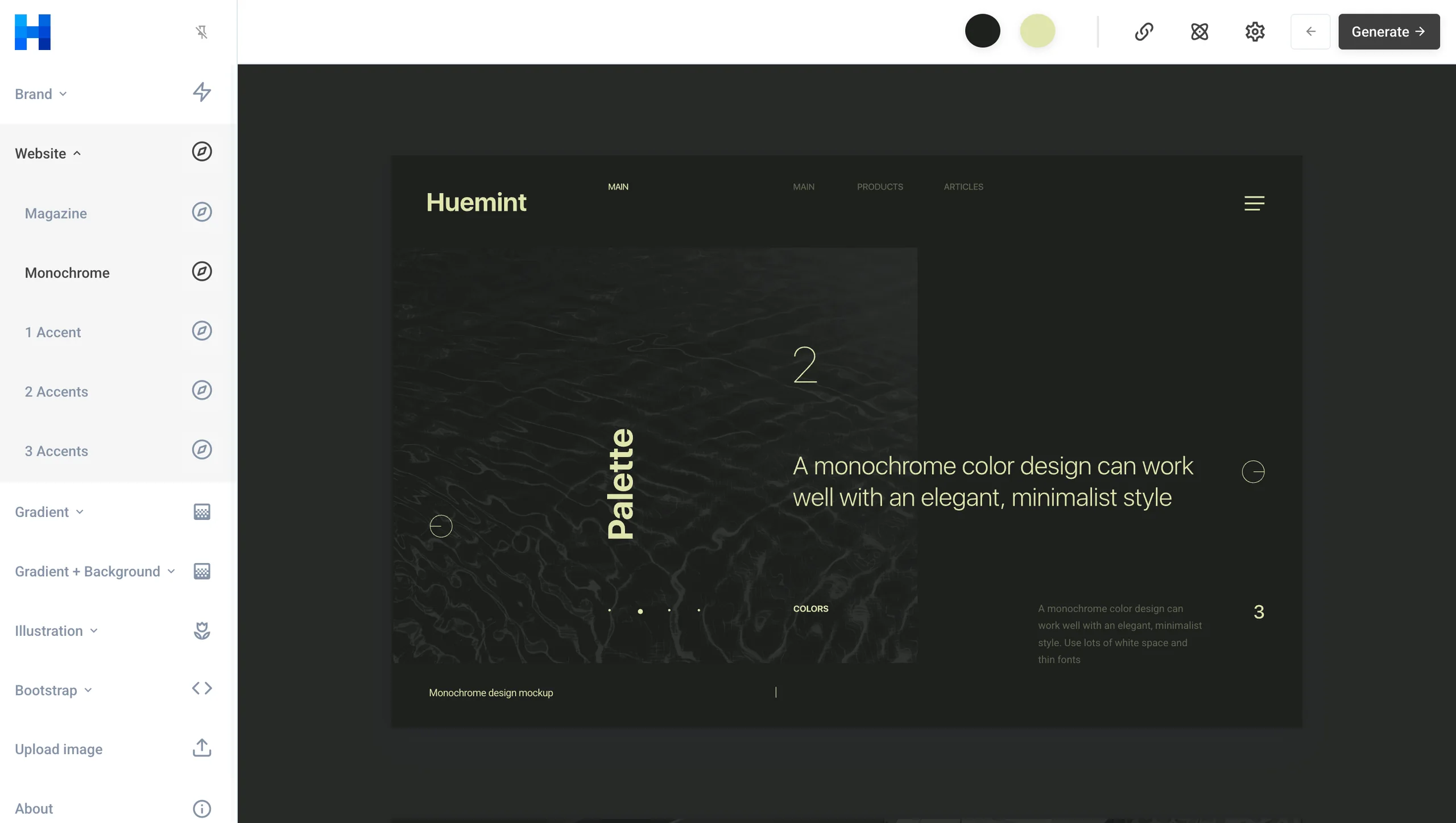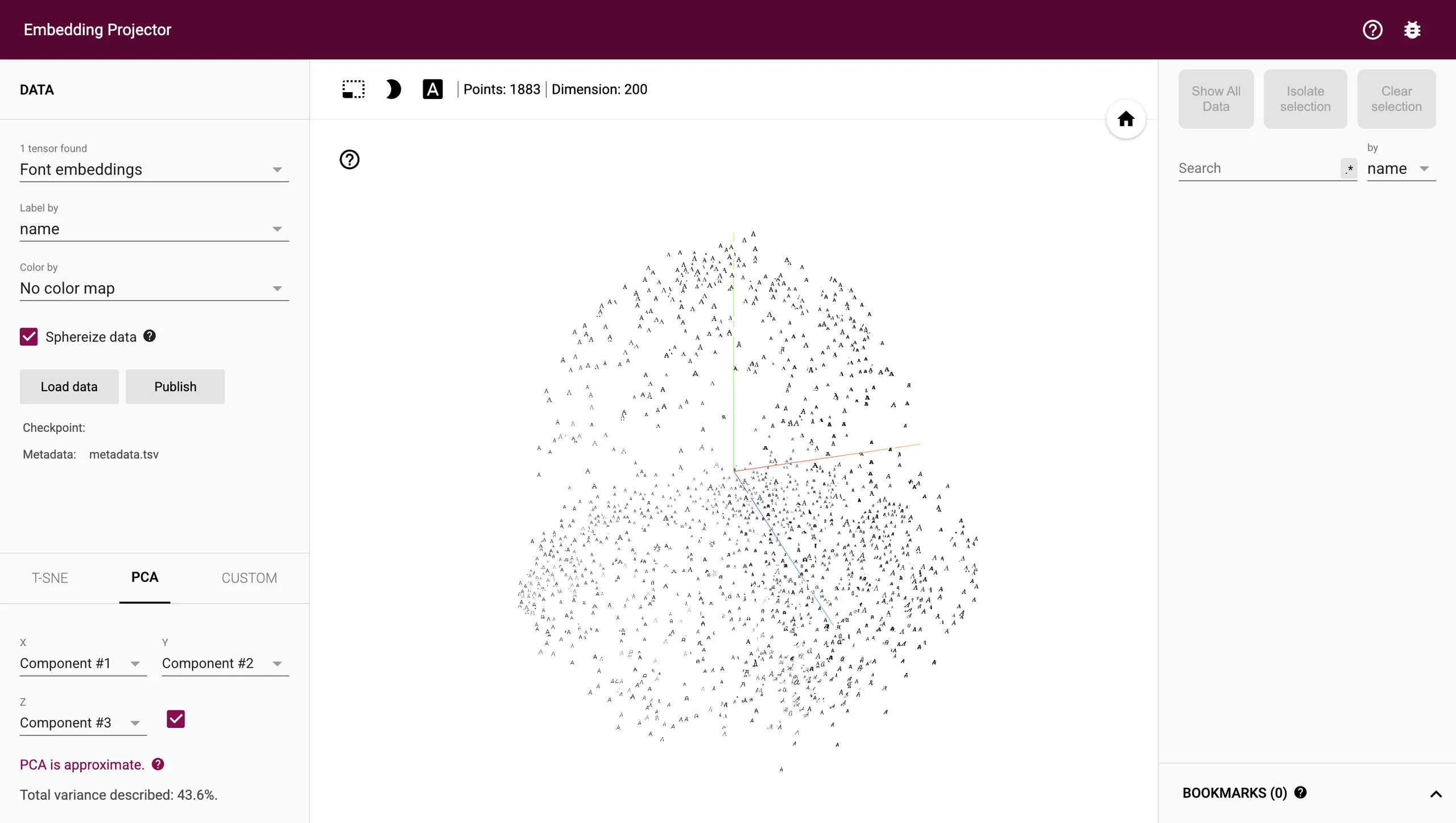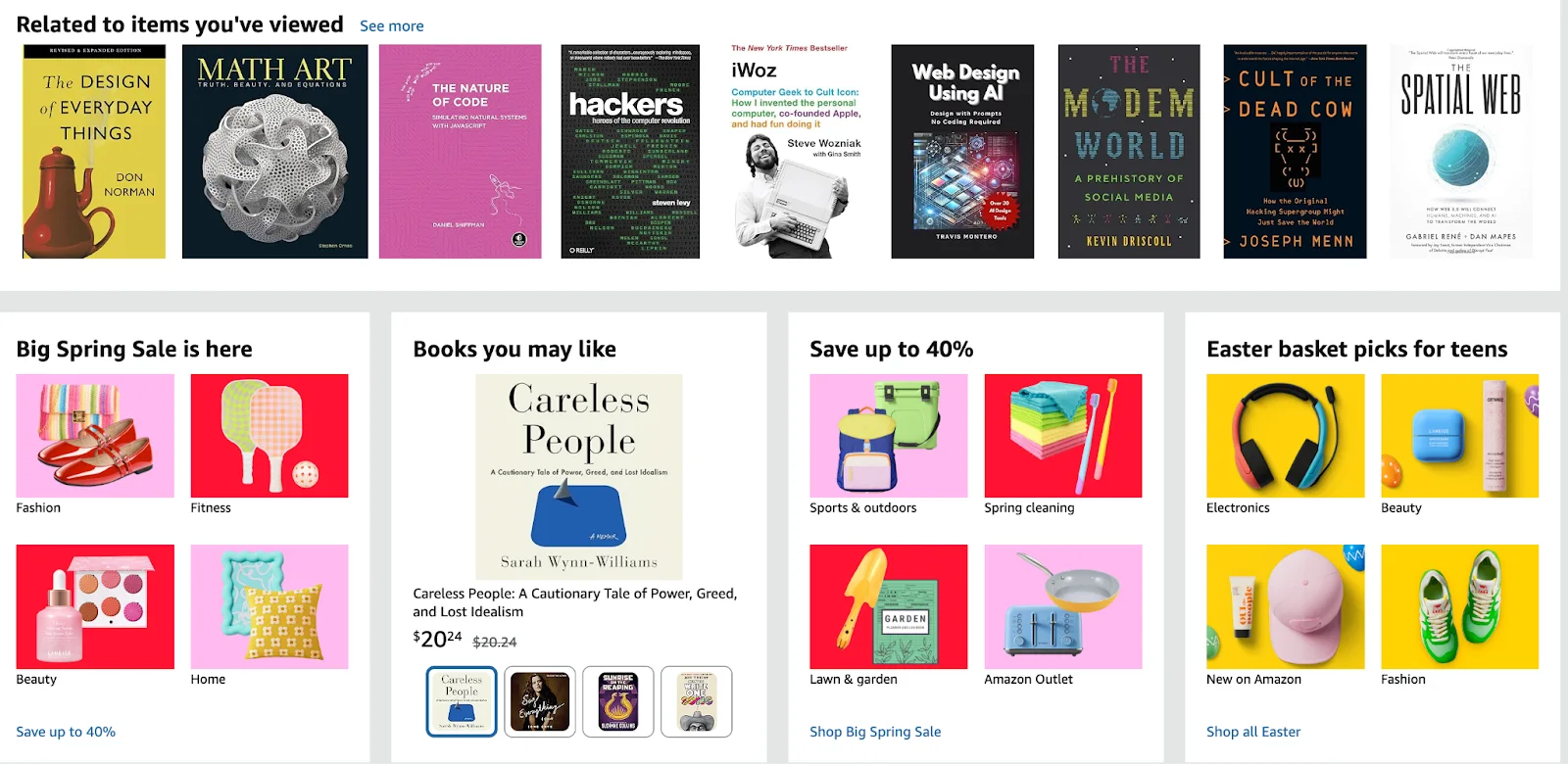
Digital transformations are the tools, technologies, and trends that change how designers work and expand the artistic possibilities of web design. While some practices, like table-based layouts and technologies like Flash animation, have long since been abandoned, others are still relevant.
JavaScript and CSS continue to evolve, frameworks like React and Tailwind have come in to expedite development, and no-code tools have opened up design to a wider range of people. Artificial intelligence and machine learning have also arrived, generating both excitement and a bit of healthy skepticism.
We’re going to explore new digital advancements and how they’ll likely impact both web designers and how people experience the internet in the years ahead.
No-code/low code and the changing roles of designers and developers

The role of designer and developer used to be more clearly defined. Designers dealt with the visuals and UX of a web app, coming up with the text, graphics, organization, and other elements that would go into its various pages. Developers took the wireframes, prototypes, or other preliminary designs, and transformed them into code.
No-code and low-code tools are newer digital transformations that are shifting and overlapping what used to be two distinct disciplines.
Designers can now achieve more without requiring coding expertise. No-code web design apps like Vev make it possible to add animations, micro-interactions, UI, and interactive features without the assistance of a developer. This gives designers the freedom to try out different ideas, see how they work, and make changes on their own. This cuts down on the amount of back and forth between designers and developers and allows for more experimentation before putting a web design project into production.
No-code tools are also having a positive impact on developers. Instead of having to replicate a design pixel by pixel, and hard code everything by hand, no-code frees them up to focus on more specialized facets of building websites. Instead of the drudgery of centering divs, they get to put greater attention into matters like scalability, work on any custom code or API integrations, build automations, and focus on optimization.
Digital transformations like no-code web design apps don’t erase the roles of developers or designers. Designers still need to understand the best practices and what goes into building functional and great-looking front-ends. Developers will require the technical know-how to integrate the visuals of a design with back-end functionality. No-code changes how they work, streamlining mundane tasks and allowing them to focus on the deeper and more strategic aspects of their work.
How artificial intelligence is changing design
While artificial intelligence has permeated so many areas of our work and lives, it isn’t anything new. In 1966 Joseph Weizenbaum and MIT launched ELIZA, a primitive psychologist chatbot, whose responses were generated by pattern matching.

ABOVE: A conversation with ELIZA
Most of us also don’t remember that in 2011 IBM’s Watson took home the Jeopardy! Championship. Today's Tensor Processing Units (TPUs) and the parallel computing power of advanced Graphics Processing Units (GPUs) have revolutionized AI making it possible to do training on gigantic datasets at speeds and scales that would have been impossible or too expensive just a decade ago.
It’s hard to escape the topic of AI. It seems like whenever someone hears that you work in a creative field, the question of, “Are you afraid that AI is going to take your job?” always comes up. The better and more optimistic words we would like to hear would be, “How is AI going to help?”
AI and machine learning will be our collaborators
Automation
There will be further digital transformations that take care of the more repetitive and time-consuming aspects of creating web apps, freeing up the bandwidth for designers to focus more on imagination and creativity.
Doing monotonous tasks like removing image backgrounds, resizing images, and color correction, already have AI assisted solutions. Software like Adobe Photoshop can create content aware fill, auto colorization, and do background/skyline replacement, making what was once time-consuming work, simpler and more efficient.
Color palette generators

While color palette generators aren’t anything new, the addition of artificial intelligence and machine learning capabilities are giving designers even more ways of coming up with imaginative color options and improved tools for determining whether they meet accessibility guidelines.
Color tools like Huemint use machine learning to generate color schemes based on data culled from website screenshots as well as analyzing the context where in a design a color will appear. Palette generators like ColorMagic create palettes based on text-prompts, reference images, or hex codes.
Typography tools

While you can always brute force your way into coming up with font pairings, digital transformations like AI and machine learning can make this process far easier.
The app Fontjoy utilizes machine learning in measuring the similarities and differences between different styles of type, letting you dial in combinations based on your preferences. While tools like Art Text 4 make it possible to create 3D, textural, and abstract typography that might take a long time to do with standard graphic design software.
AI designed layouts
Anyone who has taken the time to learn about color theory, typography, UI, and composition may find the prospect of generating a website without meaningful human involvement a bit troubling. While yes, there are AI tools that will magically materialize a website, the results at this present aren’t bad, but can be a bit generic.
Digital transformations will make human creativity even more valuable
There will come a time when the internet is overrun with AI-generated websites, likely resulting in a glut of designs with a similar look and feel. Actual designers will be needed to craft websites with distinct user experiences and visual aesthetics that break from the averaging of human creativity that comes with AI-assisted design.
AI will never replace the originality and playfulness of the human mind. Custom illustrations, hand-drawn typography, creative storytelling, and other types of artistry will become more important. AI is an efficient tool for laying out basic frameworks, but it’s up to actual designers to turn them into something meaningful.
Artificial intelligence as a design partner
Artificial intelligence tools will play the role of helpful advisor, offering feedback as well as proposing potential solutions to trouble points. Along with human perspectives, AI will offer design insights based on data.
Digital transformations will change how people engage with websites
Personalized user experiences
Many consumer products we use are already offering personalized experiences based on the data that they’ve gathered from us. Going to Amazon and seeing books or products you may like are based on your past browsing and shopping habits. Netflix uses you and others’ viewing habits in finding patterns and showing recommended shows and movies based on user data.

The same machinations that whir behind the scenes in analyzing data will likely come into play in offering more personalized user experiences across the many digital products we engage with.
User experiences based on emotional detection
While delivering a digital experience based on someone’s emotional state seems like science fiction, this technology is already in development. The AI capabilities of facial detection can be used to recognize how someone is feeling, and to deliver a website experience and adjust content based on whether someone is having a good or a bad day. It can also assess whether someone is struggling to navigate and adjust UI and other components to meet a particular user’s needs.
Digital transformations and accessibility
The future of the web will be even more inclusive and accessible. Technology will make it possible to get very specific in helping people with what they need to navigate and have a positive experience with a web app.
Automatic image descriptions and alt-text
While writing alt-text and descriptions for images is a best practice, it can be hard to write them well, especially with large volumes of photos. AI can scan an image, and deliver a description that may be just as good as a human writer.
Developers are currently using tools like Microsoft Azure Cognitive Services API to put together AI powered alt-text generators.
Improved accessibility
The potential for web design to offer more personalized user experiences will also help those with mobility and cognitive challenges. Websites will become more dynamic and will have the capabilities to change the sizing of buttons, offer voice-controlled navigation, as well as gestural control through hand, head, or even the movements of eyes. While accessibility has evolved greatly, digital transformations will give website visitors even more accommodations.
Digital transformations and where design is headed
Digital transformations have continually pushed design forward. Developments like CSS, JavasScript, responsive design, and no-code have improved the design process and expanded what’s possible. We haven’t hit a standstill, but new advancements like AI and machine learning are reshaping development tools and redefining the web itself.
The future of web design lies in the intermingling of technology with human intellect, where digital advancements will enhance, rather than replace the roles of web designers.
As an all-in-one web builder for designers, marketers, and developers, Vev empowers professional teams and creative agencies to launch digital campaigns at speed and scale with complete creative and technical freedom. Now you’re free to focus on what really matters: realizing your most ambitious web concepts.